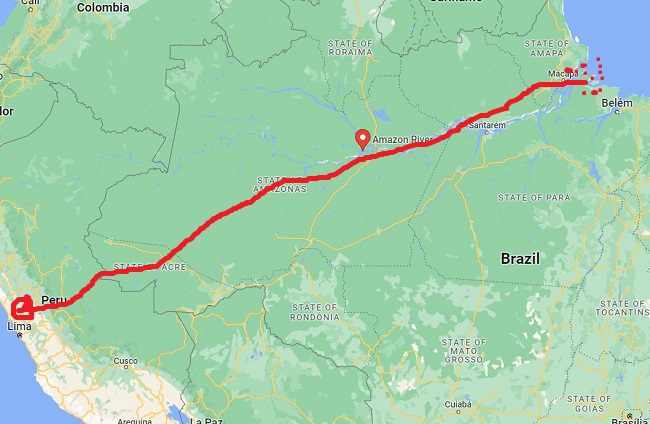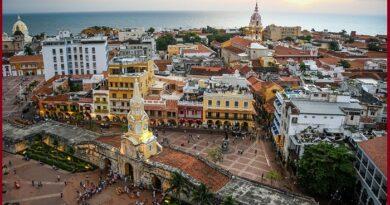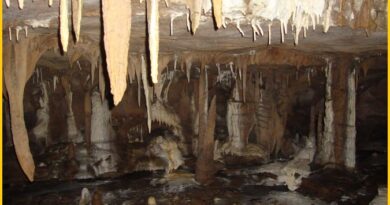The Amazon River system-The World Largest river, River Cruise and Dolphin
The Amazon River
The Amazon River is the second-longest river in the world after the Nile and the largest river in the world. The River runs about 6,400 km from the headwaters of the Apurimac river system and is the world’s mightiest river in terms of its volume and extensive drainage into the Atlantic Ocean. Its watershed spans the countries of Brazil, Peru, Ecuador, Colombia, Venezuela, and Bolivia. The Amazon river is generally 19 to 50 km wide, with a maximum width of 100 km. It is the lifeblood of the world’s largest ecosystem that spans about 2/5 of the South American continent. Amazon river map-The Map shows that the river originates near Peru and runs through various countries, finally draining into the Atlantic ocean in Brazil. The Amazon river map also shows major towns, cities, and rivers flowing through.

History
The Amazon River was discovered in 1541 by Francisco de Orellana who traced the main course of the river from the Ecuadorian to the Peruvian Andes. The name Amazon was adopted by Francisco de Orellana after the mythical female warriors, the Amazonians of Asia. Origin- The earliest exploration of the Amazon River, states its origin in the Apurimac river drainage system but technological advancements have led researchers to cite its origin in Carruhasanta Creek, 159 km west of Lake Titicaca and running through the north slope of Mount Mismi in Peru as the the the the most distant source of the river. From that point, the river forms the Rio Lloqueta, which eventually joins the Rio Apurimac. Nearly 1,000 tributaries flow into the River from the Andes, Brazilian Highlands, and the Guiana Highlands.

The mouth of the Amazon is measured from Cabo do Norte to Punto Patijoca in northern Brazil, a distance measuring 325 km. A tidal phenomenon, known as the tidal bore, occurs here where the tide starts as a roar and progresses in speed up to 24 km per hour with a breaking up to 4 m high. Due to the tidal bore, the Amazon River does not have a true delta. The ocean carries away the silt brought in by the river making it impossible the formation a delta.
Also read- Nile river-The Longest river in the World, Attraction: Nile River Delta and Cruise
Geological history
The Amazon River originated as a transcontinental river in the Miocene epoch between 11.8 million years ago and took its present shape approximately 2.4 million years ago in the Early Pleistocene. Recent studies suggest that for millions of years, the Amazon River used to flow in the opposite direction from east to west. The Andes Mountains formed, blocking its flow to the Pacific Ocean, and causing it to switch directions to its current mouth in the Atlantic Ocean.

The proto-Amazon during the Cretaceous flowed west. The tectonic movement is caused by the subduction of the Nazca Plate underneath the South American Plate. The rise of the Andes and the linkage of the Brazilian and Guyana bedrock shields blocked the river and caused the Amazon Basin to become a vast inland sea. Gradually, this inland sea became a massive swampy, freshwater lake. Nearly 11 million years ago, waters worked through the sandstone from the west and the Amazon began to flow eastward. During glacial periods, sea levels dropped and the great Amazon lake rapidly drained and became a river.
Amazon river animals
Amazon river basin
The Amazon River Basin is the world’s largest drainage system, occupies much of Brazil and Peru, and also parts of Guyana, Colombia, Ecuador, Bolivia, Suriname, French Guiana, and Venezuela. The Amazon Basin supports the world’s largest rainforest, which accounts for more than half the total volume of rainforests in the world. The river forms one of the largest biodiversity areas in the world as it is the location of the tropical rainforest.

It is home to 2.5 million different insect species, 2,200 fish species, Thousands of plant species, and 2,800 species of birds and animals. Along with the Orinoco, the Amazon is the main habitat of the boto, also known as the Amazon river dolphin. The largest river dolphin measures up to 2.6 m in length. Piranhas, carnivorous fish also present in the Amazon waters. The anaconda, which is one of the largest snake species in the world, inhabits the shallow waters of the Amazon. Tropical rainforests with a variety of tree and plant species are one of the dominant features of the Amazon. As many as 100 arboreal species have been counted in the forest. The sun-loving trees soar through the canopy to a height of 60 m.
Amazon river cruise
An Amazon river cruise is the most rewarding nature expedition in the world. The Cruise is running in Earth’s largest rainforest, covering some 40% of South America across nine countries. On Amazon cruises, travelers can experience the wilderness where it originates in Peru. Venturing deep into the Amazon jungle among the diverse wildlife, taking a swim with pink dolphins, and visiting native communities. Other facilities included an air-conditioned suite, a hot shower, and an oversized plush bed. Amazon river cruises are simply amazing. Daily activities include walking tours, visits to historic or cultural sites, swimming, and easy hikes, with options for longer hikes.




Pingback: The Dominican Republic Tourist Attractions-Mountain, Lush greenery, Coffee and many more - Geotourism
Pingback: The Dominican Republic Tourist Attractions-Mountain, Beaches, Coffee and many more - Geotourism